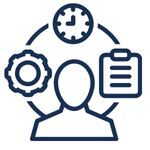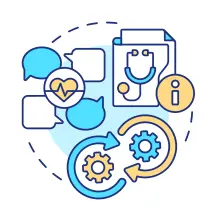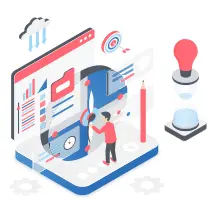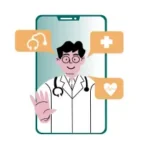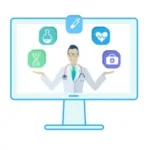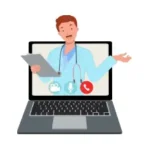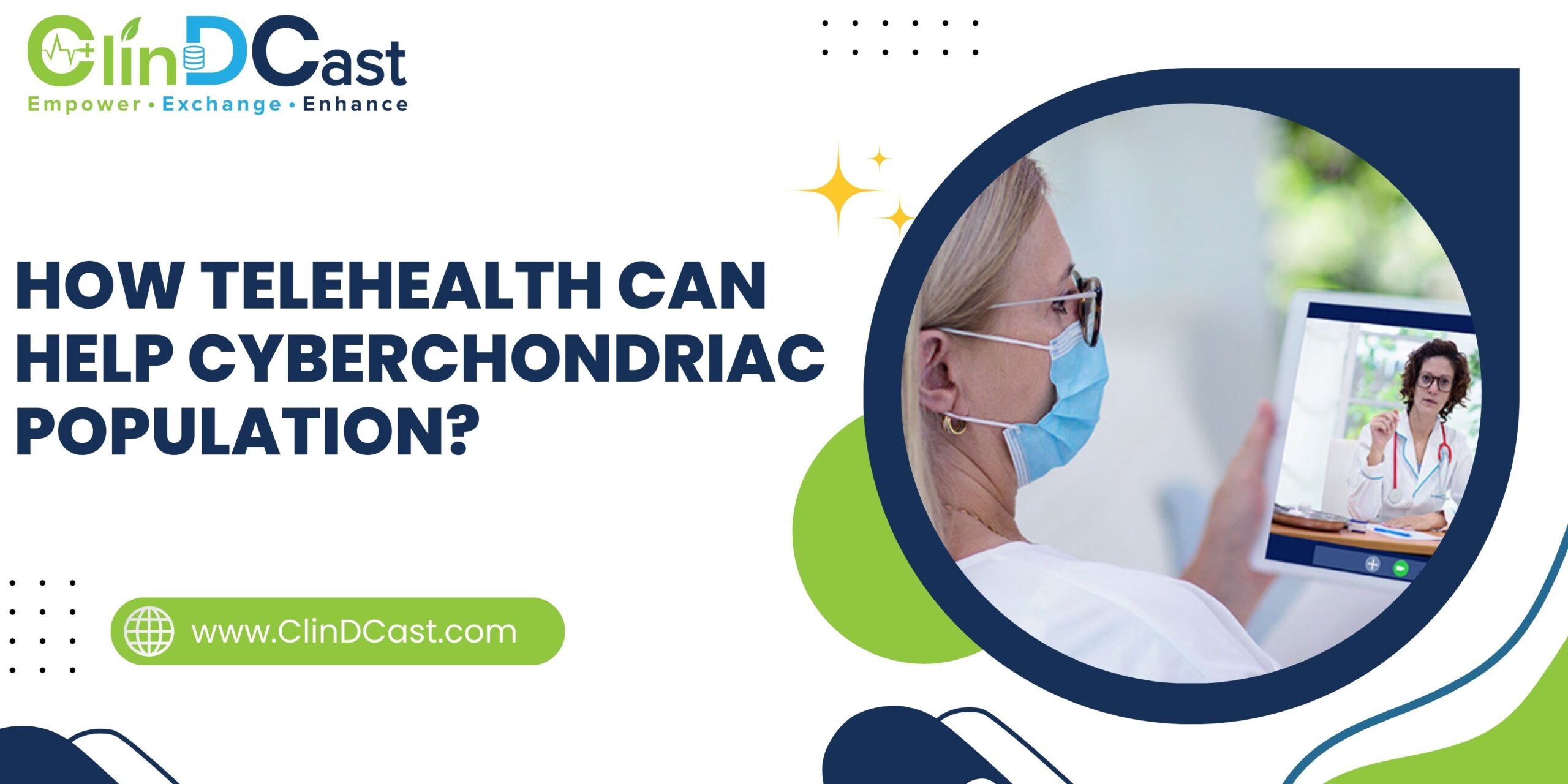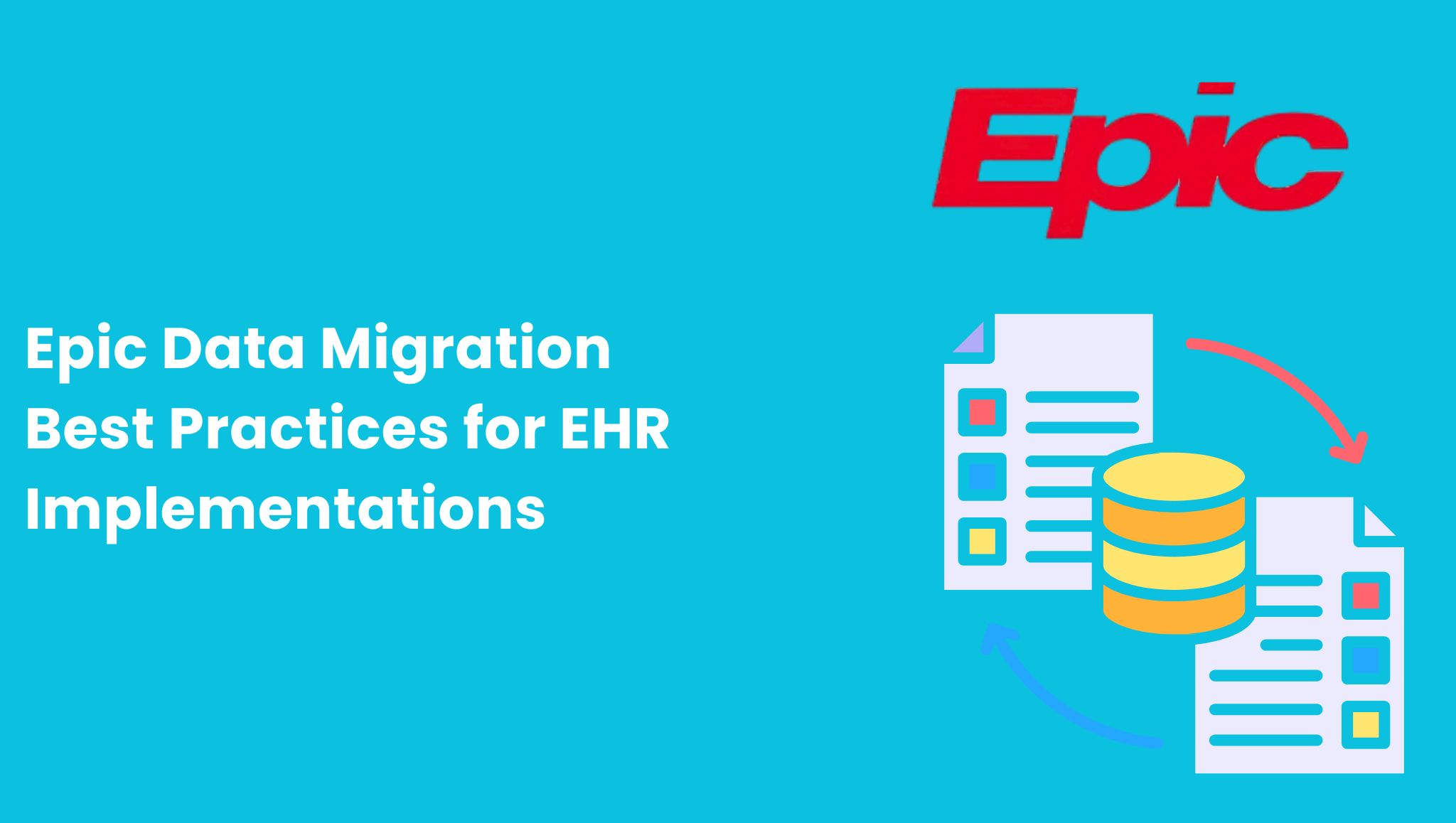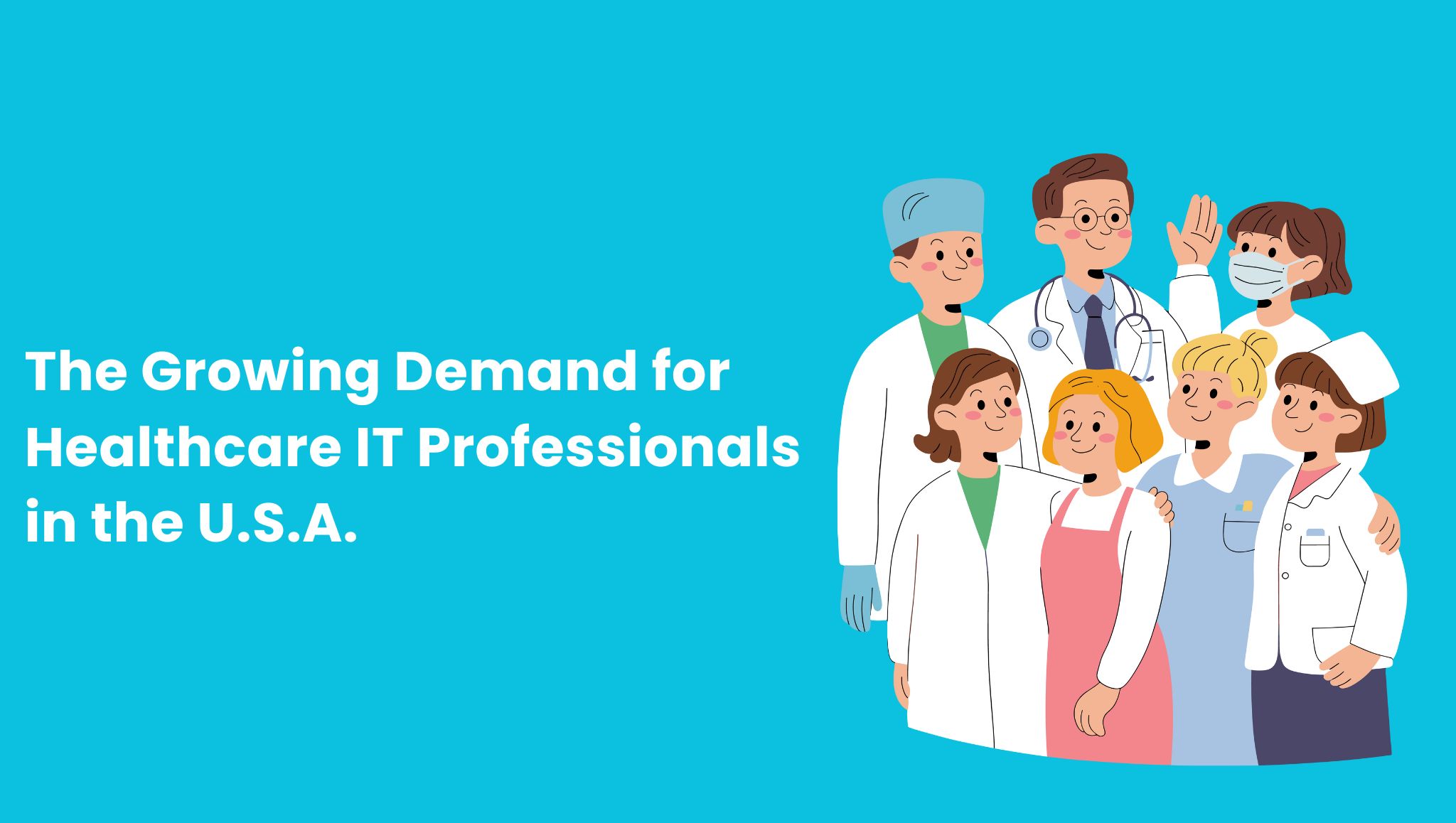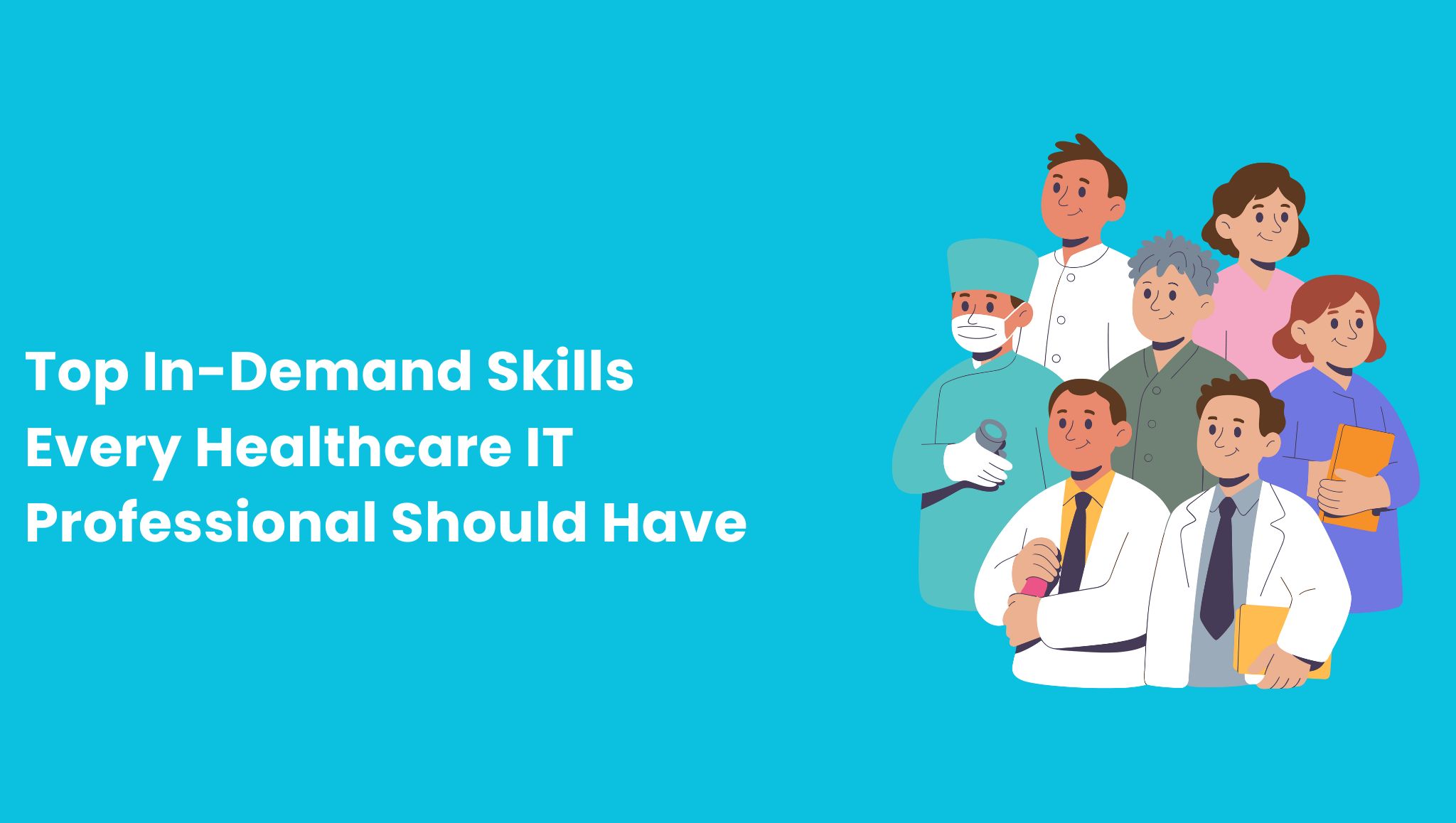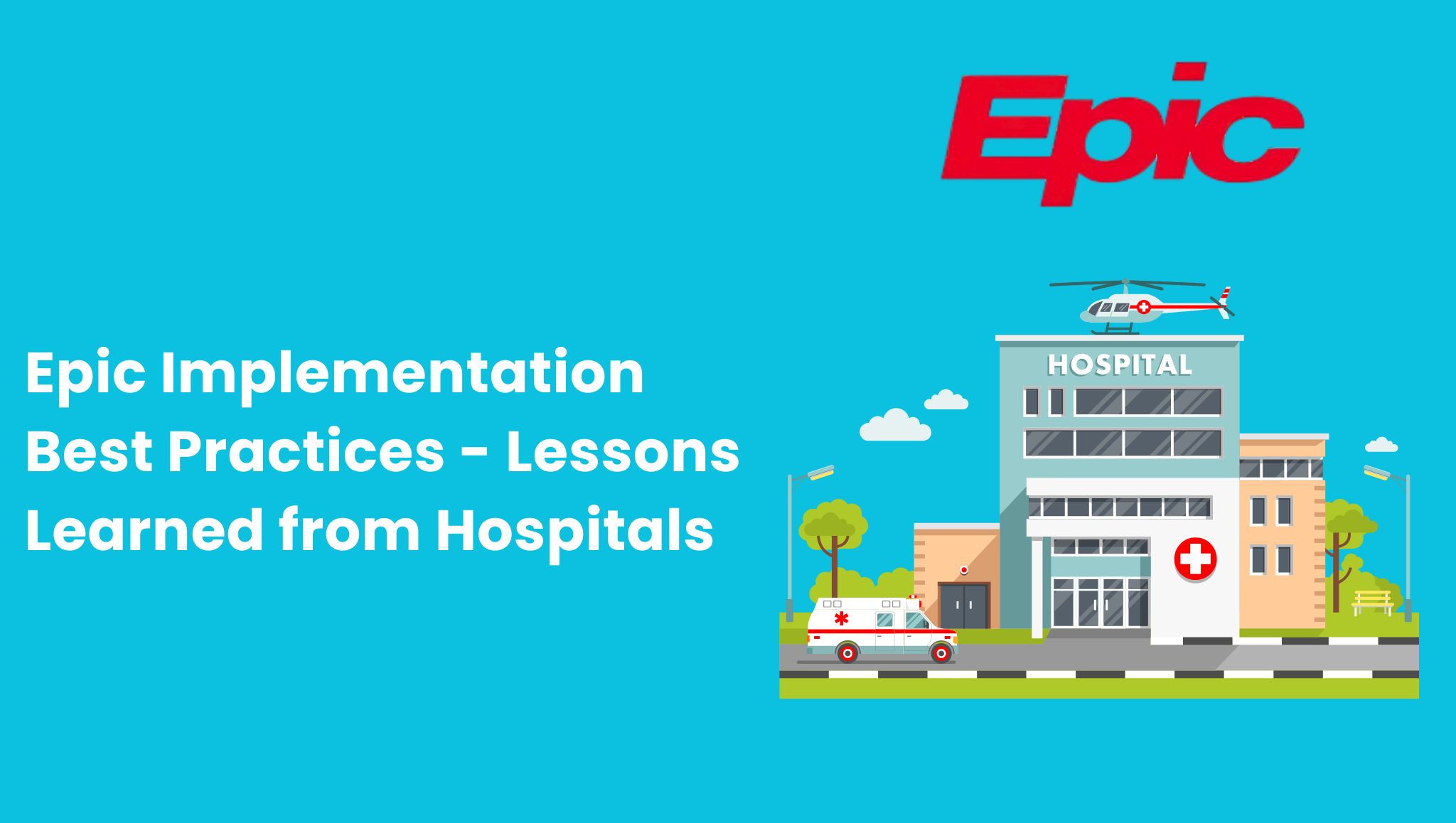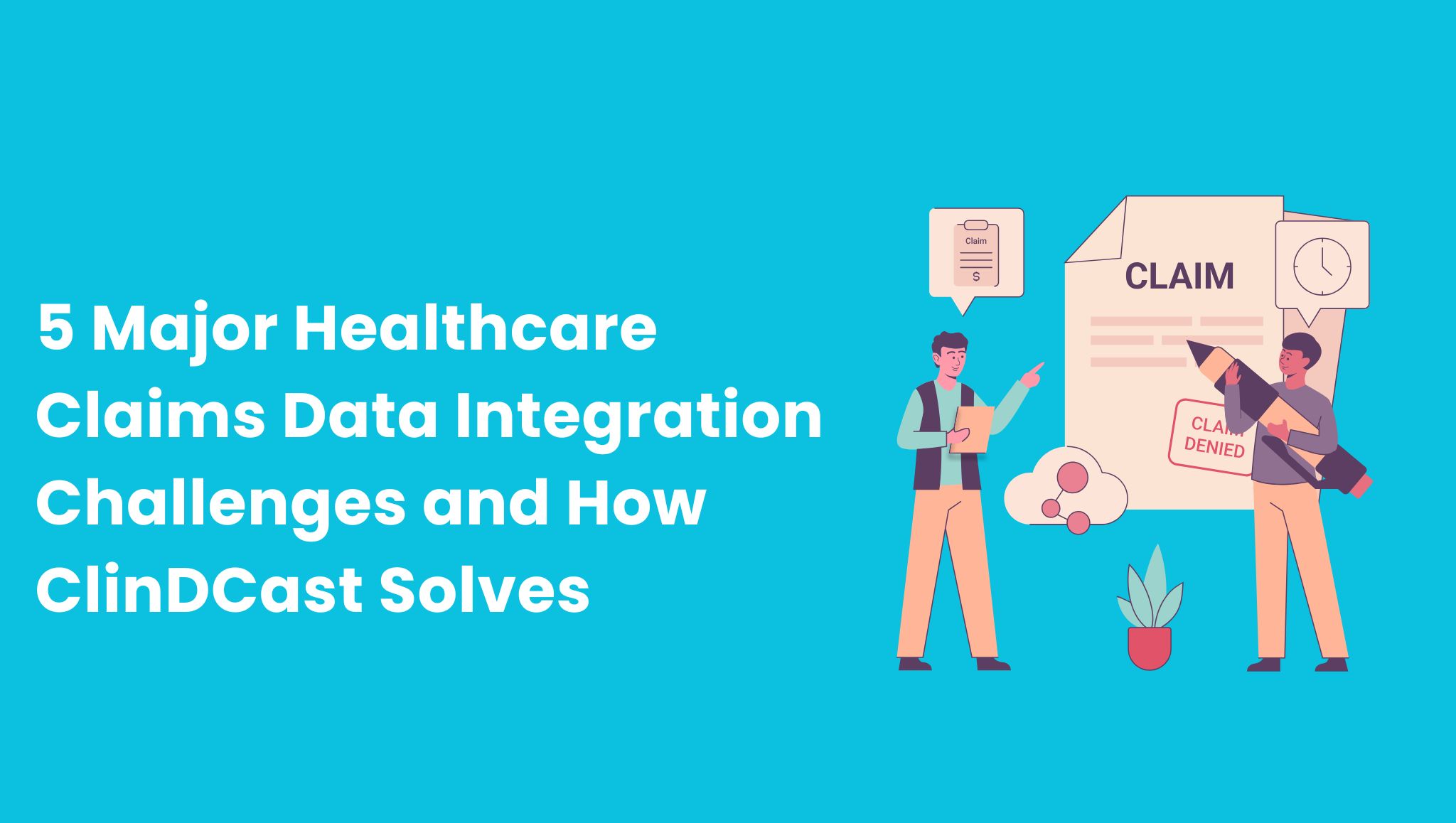
In today’s rapidly evolving healthcare landscape, data has become a crucial asset for improving patient care, operational efficiency, and decision-making. One of the most promising applications of data analytics in healthcare is predictive analytics.
By leveraging advanced algorithms and machine learning techniques, predictive analytics has the potential to transform the way healthcare organizations operate, enabling them to make proactive and data-driven decisions in this blog, we will explore Harnessing the power of predictive analytics in healthcare IT and how it can revolutionize the industry.
Power of Predictive Analytics in Healthcare IT
1. Predictive Analytics: An Overview
Predictive analytics involves analyzing historical and real-time data to identify patterns, trends, and relationships. It uses statistical models and algorithms to predict future outcomes and events. In healthcare, predictive analytics utilizes patient data, clinical records, demographics, and other relevant information to generate insights that can improve patient care and optimize operational processes.
2. Enhancing Clinical Decision-Making
Predictive analytics empowers healthcare providers with the ability to forecast patient outcomes, identify high-risk individuals, and intervene before adverse events occur. By analyzing vast amounts of patient data, including medical histories, lab results, and genetic information, predictive models can identify patients at risk of developing certain conditions. This enables healthcare professionals to implement proactive interventions, personalized treatment plans, and preventive measures to improve patient outcomes.
3. Optimizing Resource Allocation
Efficient resource allocation is crucial for healthcare organizations. Predictive analytics can help optimize resource allocation by forecasting patient demand, identifying peak periods, and predicting admission rates. By leveraging these insights, hospitals can allocate staff, beds, equipment, and other resources effectively, ensuring optimal patient care, reducing wait times, and maximizing operational efficiency.
4. Preventing Readmissions and Adverse Events
Preventing hospital readmissions and adverse events is a top priority for healthcare providers. Predictive analytics can play a vital role in this area by identifying patients at high risk of readmission or experiencing adverse events. By analyzing patient data and utilizing risk-scoring models, healthcare organizations can proactively intervene, provide appropriate follow-up care, and reduce the likelihood of readmissions or adverse events. This not only improves patient outcomes but also reduces healthcare costs.
5. Streamlining Revenue Cycle Management
Effective revenue cycle management is crucial for the financial stability of healthcare organizations. Predictive analytics can help identify potential bottlenecks, forecast revenue patterns, and optimize billing and coding processes. By analyzing historical billing data, payor trends, and reimbursement patterns, predictive models can provide insights to streamline revenue cycle management, reduce claim denials, and improve revenue capture.
6. Enhancing Population Health Management
Population health management aims to improve the health outcomes of a specific group of individuals. Predictive analytics can assist in identifying population health risks, designing targeted interventions, and monitoring the effectiveness of preventive programs. By analyzing demographic data, socio-economic factors, and health records, healthcare organizations can identify vulnerable populations, predict disease prevalence, and allocate resources to promote wellness and disease prevention.
Predictive analytics has immense potential to transform healthcare IT by leveraging data-driven insights to improve patient care, optimize resource allocation, prevent adverse events, streamline revenue cycle management, and enhance population health management.
As healthcare organizations continue to adopt advanced analytics tools and technologies, the power of predictive analytics will continue to expand, revolutionizing the way healthcare is delivered. By harnessing the potential of predictive analytics, healthcare professionals can make proactive decisions, improve patient outcomes, and create a more efficient and sustainable healthcare system for the future want to read more blogs like Harnessing the Power of Predictive Analytics in Healthcare IT follow clindcast.com regularly.




